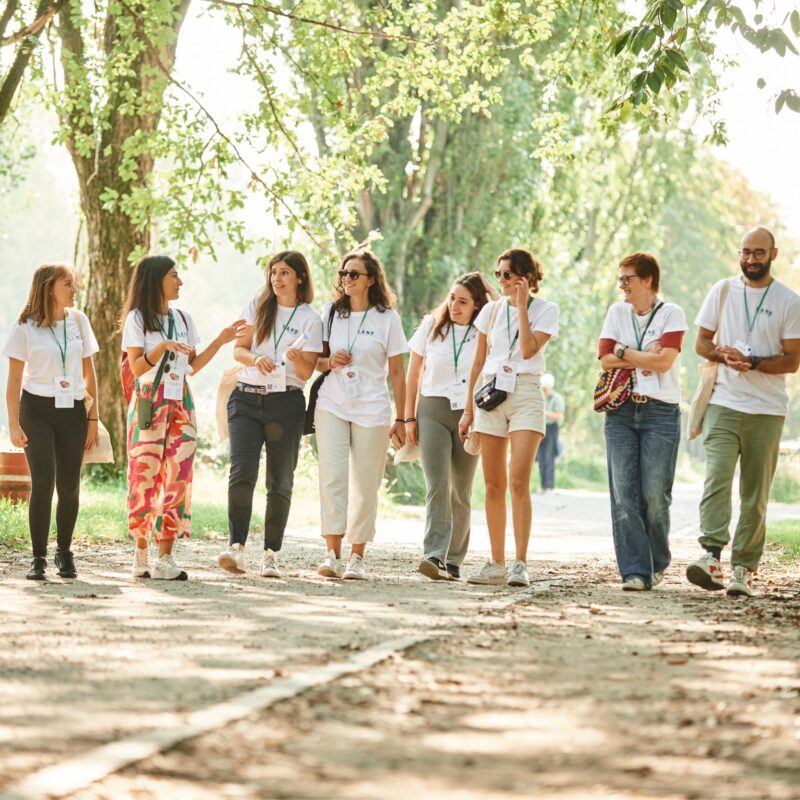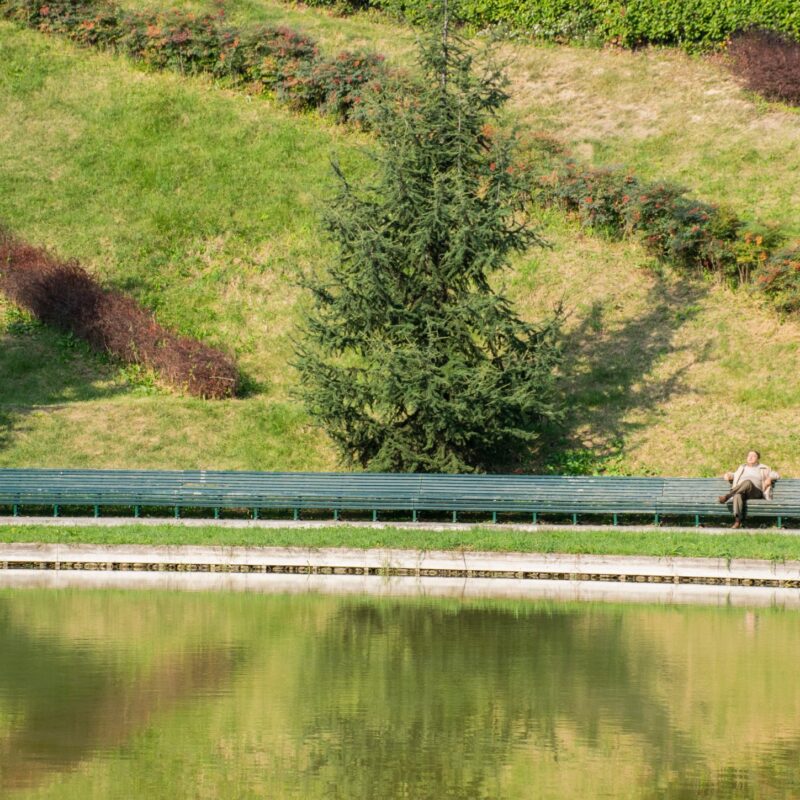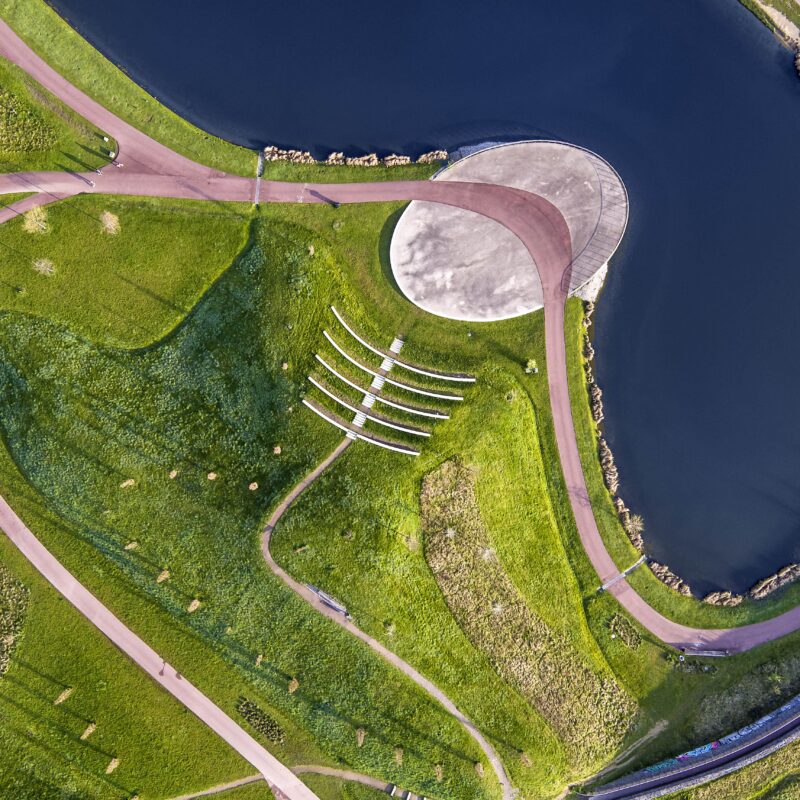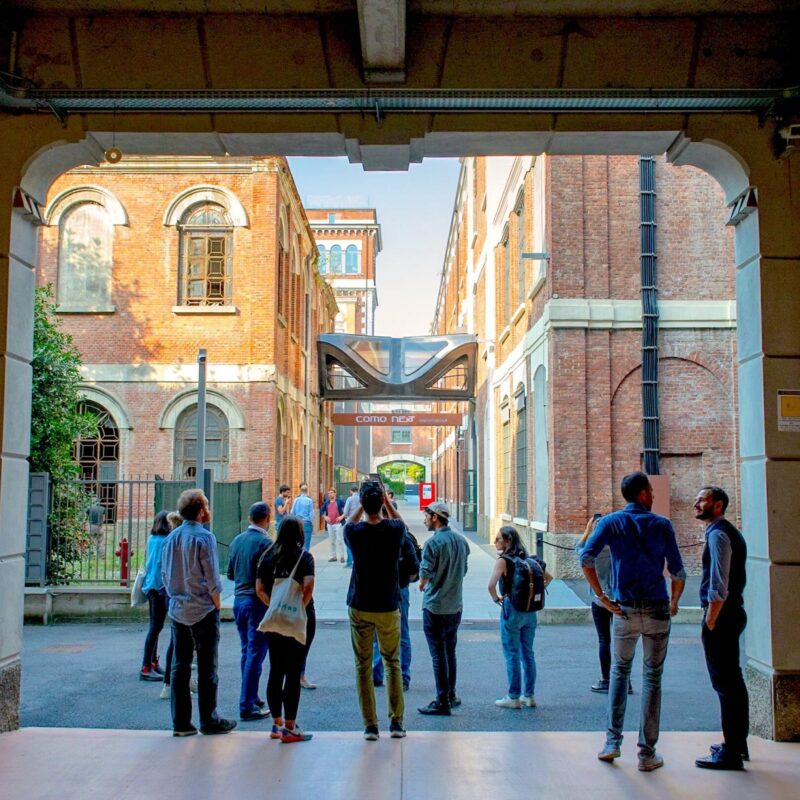Green Infrastructure: Innovative Approaches in Italy
In the book "Urban Green Areas in the Naples Area: Knowledge, Maintenance, and Management," coordinated by the Rotary Club of Naples, Andreas Kipar and Andrea Balestrini explore the evolution of green space concepts in Milan and across Italy.
In the last decade, the convergence of the economic crisis, global socio-political changes, the climate emergency, and the pandemic has dramatically reshaped our daily urban life. These challenges have underscored the urgent need for a new urban quality by creating attractive and accessible public spaces. The profound societal changes triggered by COVID-19, coupled with the increasing pressure to meet global sustainability goals by 2030, have heightened awareness of urban greenery’s critical role in addressing these challenges.
The current situation has sparked a renewed interest in reclaiming outdoor spaces as social hubs, with an increasing demand for more urban greenery as a refuge in the city. Public squares, streets, and parks are evolving into essential extensions of private residences and standardized workspaces. It is now widely recognized that urban green spaces provide undeniable psychological and physical benefits to city dwellers. Recent European studies have confirmed the positive impacts of nature-based solutions, both socio-economically and in public health.
This heightened focus on quality of life and planetary well-being, combined with the pandemic’s transformative effects, marks a crucial moment to rethink urban planning and the role of green spaces. Cities worldwide are moving toward a more sustainable model by promoting shared economies, sustainable mobility, participatory design, and digital infrastructure. However, it is essential not to overlook the critical role of urban greenery in preventing the unhealthy compartmentalization of open spaces.
Today, urban greenery is no longer seen as merely decorative; it is a vital component of urban quality, thanks to the positive impacts of ecosystem services that vegetation provides on social and environmental well-being. Forward-thinking planning and innovative maintenance practices are essential to realise these benefits fully.
In the book “Urban Green Areas in the Naples Area: Knowledge, Maintenance, and Management,” coordinated by the Rotary Club of Naples, we explore the evolution of green space concepts in Milan and across Italy. This exploration extends to the latest generation of Green Plans, where urban nature and cultural landscapes are positioned as critical drivers of balanced and place-sensitive development.
You can find the article here (available only in Italian): Il Verde Urbano nell’area napoletana_AK_AB

View other publications
Green, Shady and Safe. The City of the Future
In the book "Urban Green Areas in the Naples Area: Knowledge, Maintenance, and Management," coordinated by the Rotary Club of Naples, Andreas Kipar and Andrea Balestrini explore the evolution of green space concepts in Milan and across Italy.
Whitepaper: Strategy for Sustainable Regional Development
In the book "Urban Green Areas in the Naples Area: Knowledge, Maintenance, and Management," coordinated by the Rotary Club of Naples, Andreas Kipar and Andrea Balestrini explore the evolution of green space concepts in Milan and across Italy.
Landscape as infrastructure: rethinking the city for a sustainable future
In the book "Urban Green Areas in the Naples Area: Knowledge, Maintenance, and Management," coordinated by the Rotary Club of Naples, Andreas Kipar and Andrea Balestrini explore the evolution of green space concepts in Milan and across Italy.






